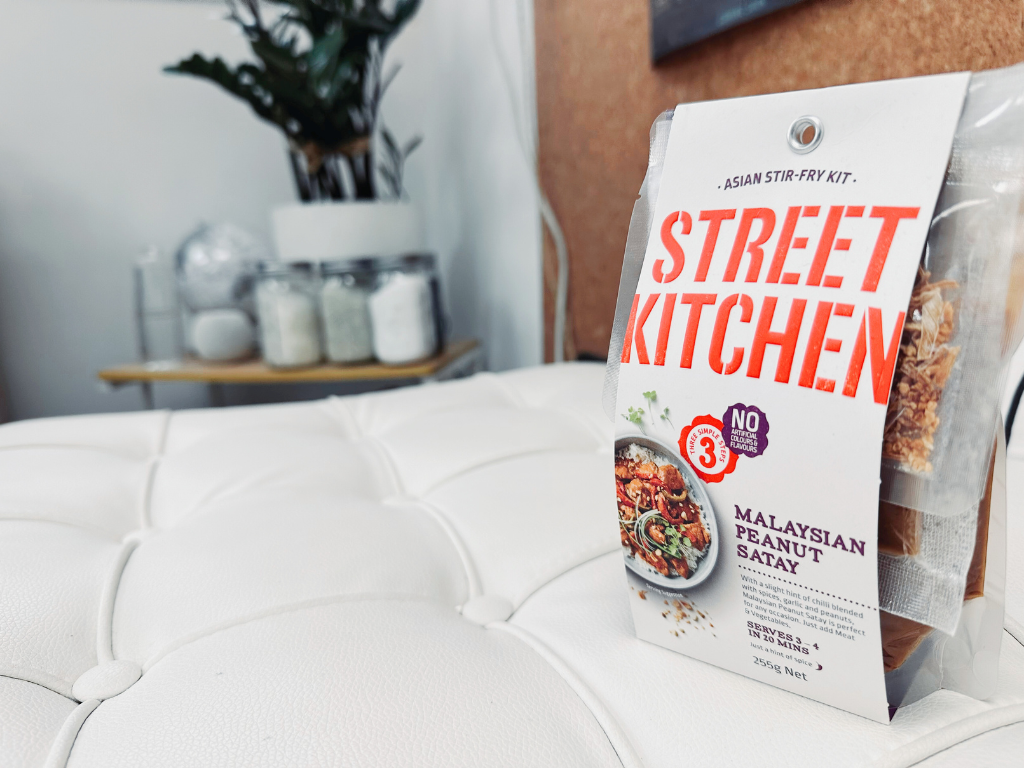Your basket is currently empty!
In Hong Kong, known as a culinary paradise, there's been a growing trend in diverse dining options in recent years, with an increasing number of restaurants and eateries offering various flavors of satay dishes.
Satay is a delicious snack originating from Southeast Asia, prepared with ingredients like peanut sauce, lemon juice, and spices such as ginger, garlic, and chili. These spices meld together during the cooking process, emitting a rich aroma that combines sourness (from lemon juice) and sweetness (like coconut sugar or honey), creating a balanced sweet and sour taste.
It originated in Java, Indonesia, initially as a snack made by locals grilling meat or seafood skewers. This method of skewering and grilling meats was originally called "satay."
Indonesia, located near the equator with a hot and humid climate, is suitable for raising poultry and livestock. The abundant meat resources laid the foundation for satay's development. Local spices like cardamom and cinnamon provided rich sources of seasoning for satay. As an agriculture-based country, Indonesians have long relied on cooking to meet their dietary needs, and grilling meat is a common practice there, with eating skewered snacks being a part of daily life for farmers, workers, and many others.
As time passed, satay spread to other Southeast Asian countries like Malaysia, Singapore, and Thailand. Each region, based on its culinary culture, localized the preparation methods and ingredients of satay, resulting in different flavors of satay.
Food Pairings

Rice
Satay itself is a savory grilled meat, and pairing it with plain rice can create a great combination. Rice can balance out the intense flavors of satay, while satay can enhance the rice. Eating satay alone might not be filling enough, but consuming it with rice provides more satiety. Additionally, rice is rich in carbohydrates, while satay offers protein and fats, creating a more comprehensive nutritional intake when combined.
Vegetables
As satay is a high-protein, high-fat meat product, adding vegetables can offer additional vitamins, minerals, and balance to the diet. The water content and fiber in vegetables can counterbalance the rich and oily sensation of satay, providing a refreshing crunch. Moreover, vegetables are hydrating and fibrous, increasing satiety and reducing excessive fat intake. Common vegetable pairings include lettuce and cucumber, providing a crisp freshness that complements the richness of satay, enhancing an overall refreshing experience.
Meat
Satay itself is a kind of grilled meat snack, which pairs well with the textures and flavors of other types of meat, adding diversity and layers of taste to the dish. Just like mentioned above, meat is a good source of protein and when paired with satay, it can provide a more comprehensive nutritional profile. Commonly paired meats include chicken, beef, lamb, and pork.

Special Golden Satay
Satay presents a unique yellow color, derived from both the cooking process and the seasoning recipe, as well as influenced by the local culinary culture and visual aesthetics.
- Seasoning: Including spice powders, sugar, salt, etc., where the main source of the yellow color comes from spices like cardamom, cinnamon, and other aromatic spices. These spices release yellow pigments during cooking.
- Cooking: Satay is prepared through grilling or frying, and the high heat exposure creates a golden-brown exterior.
- Culture: In Southeast Asia, yellow is a symbol of auspiciousness and has become a cultural element in the color palette of satay.

By the way, we also have a lazy cooking kit, which is Street Kitchen's Malaysian Satay Peanut flavor. If interested, feel free to click on the image above to place an order.
Life nurtures history, where everything carries the significance of past existence. Taking satay as an example of today's theme, we can glimpse into the long history and culture of Southeast Asia. Life is like an ongoing evolution, where each day, each step shapes our today. By emphasizing dietary health today, we can see improvements in our physical well-being tomorrow.






